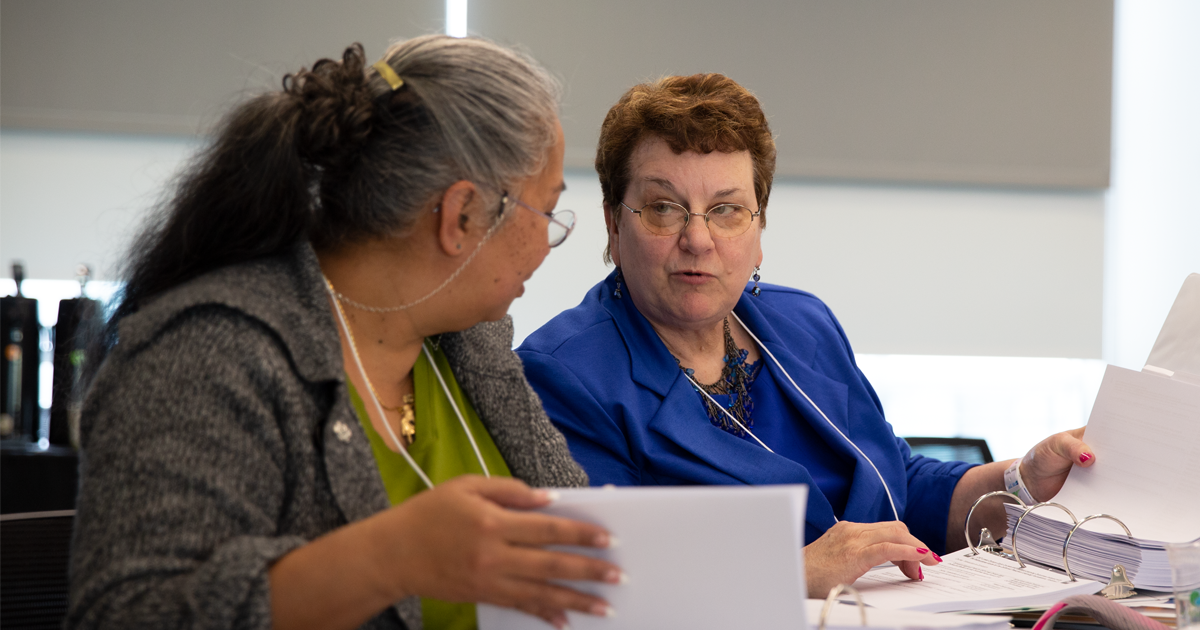Did COVID-Related School Site Closures Reduce Student Tobacco Use, Marijuana Use, and Vaping?
Posted on by Thomas Hanson

Excerpted from Did COVID-related School Building Closures Reduce Student Tobacco Use, Marijuana Use, and Vaping? California Healthy Kids Survey Factsheet #21 by WestEd’s Tom Hanson and Leigha Puckett.
The COVID-19 pandemic and related school building closures occurred with little warning and disrupted the day-to-day routines of youth and families throughout California and the nation. In mid-March 2020, as the COVID-19 pandemic was hitting its first peak, the vast majority of California school buildings closed, and nearly all students were consigned to continue their schooling remotely from their homes.
Most California students did not return to in-school instruction until Fall 2021 (EdSource, 2021). The pandemic and associated school building closures reduced students’ access to basic supports; disrupted interactions and relationships with peers, teachers, and school staff; and adversely affected students’ mental health and wellness.
By limiting extracurricular activities and in-person interaction with peers and increasing time spent in proximity to parents, COVID-related school building closures may have reduced students’ access to tobacco, marijuana, and vaping products and opportunities to use them (Chaffee et al., 2021; Miech et al., 2021).
Prior to the beginning of the pandemic, student cigarette use rates continued their long-term decline between 2015-17 and 2017-19 in California, marijuana use remained relatively steady, and 30-day vaping rates increased (Austin et al., 2020).
National studies have shown that youth vaping rates declined significantly during the pandemic (Kreslake et al., 2021; Gaiha et al., 2020; Gentzke et al., 2020) while marijuana use rates remained stable (Miech et al., 2021).
Understanding how the pandemic affected student tobacco and marijuana use and vaping in California is important for informing prevention efforts.
The present study provides information on the effects of the COVID-19 pandemic on student cigarette use, marijuana use, and vaping and describes the extent to which student tobacco and marijuana use was associated with the instructional model used by schools (i.e., in-school, hybrid, or remote instruction) in the 2020-21 academic year.
Two sets of data were used to examine the impact of the pandemic on student tobacco and marijuana use. First, statewide results from local administration of the California Healthy Kids Survey (CHKS) in 2020-21 were compared with results from the state representative 2017-19 Biennial State CHKS administered prior to the pandemic.
Second, data from schools that administered the CHKS in 2020-21 and in one or more years prior to the pandemic were used to identify a longitudinal sample of schools. Based on this sample, trends were examined to assess whether tobacco use, marijuana use, and vaping significantly declined in 2020-21 across a fixed set of schools.
In addition, 2020-21 CHKS data were used to examine differences in cigarette use, marijuana use, and vaping across students who participated in in-person learning at school, hybrid instruction (in-person and remote instruction), and via remote instruction exclusively.
Key Findings
The pandemic was associated with declines in student tobacco use, marijuana use, and vaping in California. Moreover, students who participated in school exclusively via remote instruction reported lower levels of substance use in comparison to their counterparts who were instructed in person at school or via hybrid instruction. These results hold after accounting for differences in survey response rates, race, ethnicity, gender, and urban/rural status.
The CalSCHLS system was created by the California Department of Education (CDE) in 1997 to provide school districts and their partner communities efficiently and cost-effectively with quality local data which can be used to improve student academic performance and social-emotional, behavioral, and physical health of all youth.
Thomas Hanson, Senior Managing Director, conducts rigorous research on the effectiveness of programs, products, and practices intended to improve student outcomes. Leigha Puckett is a Research Assistant with the WestEd Justice & Prevention Research Center.
